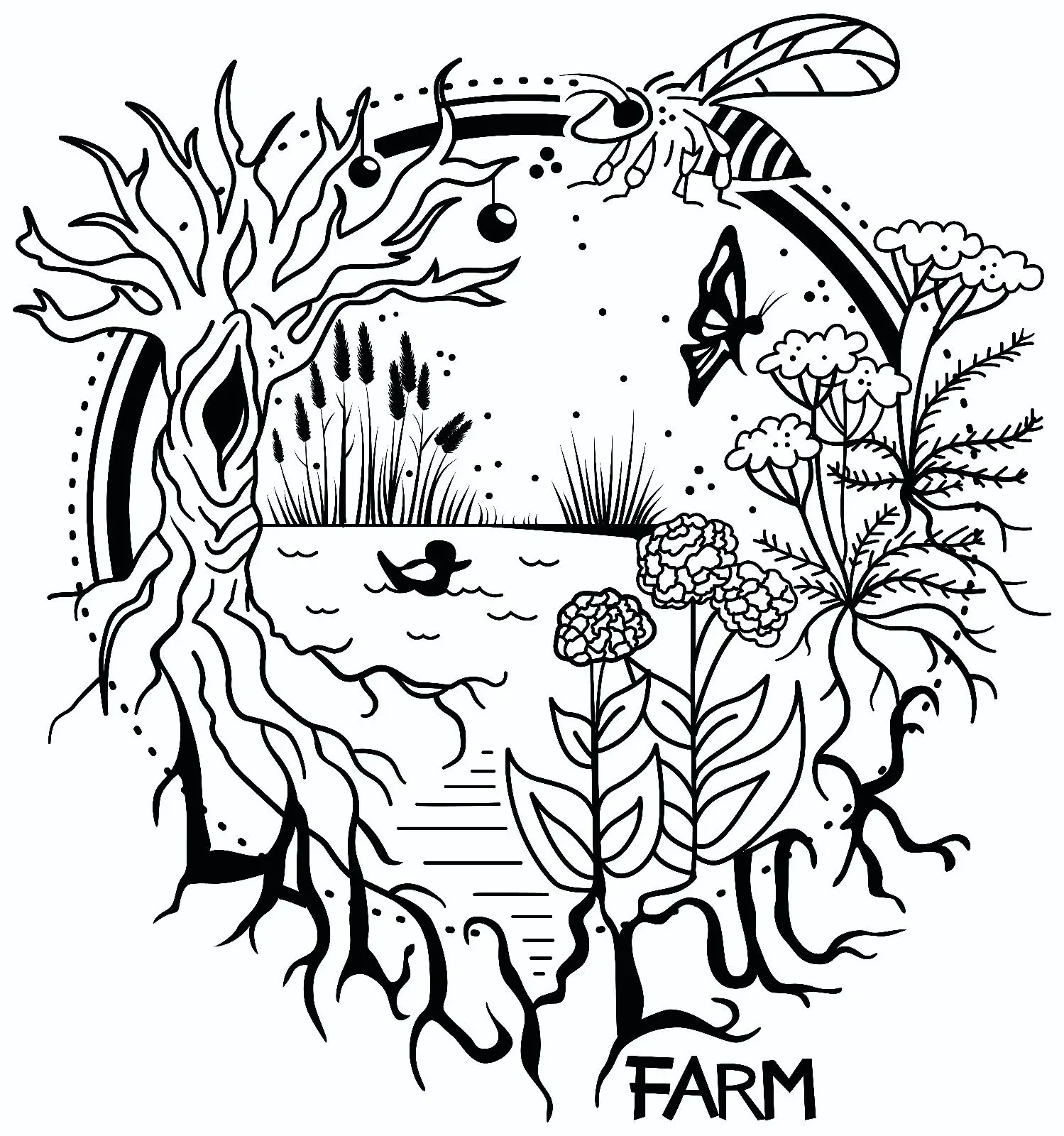We’ve grown butternut and pumpkins on trellising with no significant weight issues - one or two huge guys that I cut off to cure elsewhere while the others kept growing, sure. If you’re doing cukes, zukes, or other summer or small squash you should be good to go though.
Small scale permaculture nursery in Maine, education enthusiast, and usually verbose.
- 130 Posts
- 723 Comments
I’m so glad the exclusion barrier is working for your squashes! Can you train them up some trellising with any sort of ease?
I think that whst I thought were Brussel sprouts are actually cucumber, and what I thought was cucumber is Brussel sprouts so neither is where I wanted them
Oh no …
I am stunned by how crisp those hoverflies in the photo are! And those lovage flowers are spectacular
I mean this as constructively as possible: that’s not a composting toilet and the practice you’ve described raises health risks for you and the people to whom you give food.
I usually prefer non-human animal manures for that sort of thing. Are you using a composting toilet or some other mechanism to reduce pathogenic potential?
That is a good morning!
I bit the bullet and ordered some shirts to wear while I’m working the market stand, and I’m hopeful that they make everything more cohesive. Logo is the front, catchphrase is the back:


I helped a friend out of a bind this week, and tomorrow I’ll be helping another friend start to transplant his garden from his old house to his new one. Hopefully this heat dome doesn’t ruin our efforts.
Friendly reminder that lightning bugs need tall grasses present in addition to wildflowers and leaf litter. You can also improve their survival rates by removing artificial lighting or even just setting any safety lighting (like motion activated lamps) to their shortest “on” duration. Another obvious step is to avoid pesticides.
I adore how consistently I get to learn about unfamiliar plants when you post! Your space sounds so lovely 💕
We’re in USDA 5, and looking at its cold tolerance we still trend lower than the -10C/14F I see listed for it, sometimes for weeks on end.

 2·10 days ago
2·10 days agoThat’s a good move, if it weren’t for our plant nursery we would be extending the sorrel harvest the same way.
Those passion fruit are awesome, and I wish I could grow them here without needing to bring them inside for winter

 3·10 days ago
3·10 days agoI like sage with butternut squash soup, personally. And there’s probably still some time for you to get a harvest of those.

 2·10 days ago
2·10 days agoRad! We’re just starting to hit the kind of temps that tomatoes and basil appreciate, but our sorrel has already bolted.
When you say ornamental, do you mean P. incarnata? Or some other kind?

 2·10 days ago
2·10 days agoThat’s a bummer =/
Could you fence off the squash in some way? Maybe plant some sacrificial ones elsewhere while you protect the ones that are for you?

 2·11 days ago
2·11 days agoThat sounds wonderful, and is totally what it’s all about!

 2·11 days ago
2·11 days agoAs an aside, imgur changed their url handling and my habit of using the i.imgur links to mirror here no longer works. Anyone got a recommendation for a luddite like myself?

 2·16 days ago
2·16 days agoAre we ever not showing off elderberries?
Yours is gorgeous!

 3·17 days ago
3·17 days agoThat’s such an awesome find
Michael’s bought the JoAnn lines like Big Twist so you should be able to find those again soon. At least, that’s what I heard from a Michael’s employee





600G of strawberries retails for £4.50 (Tesco). If this whole setup cost only a million pounds, a producer would have to grow 133,333,332G worth of strawberries to pay it off, and this assumes nothing breaks (ever) and that there is some way to harvest that many strawberries without paying labor, packaging, licensing, and other costs. I feel like this was a cool tech demo but that’s about it